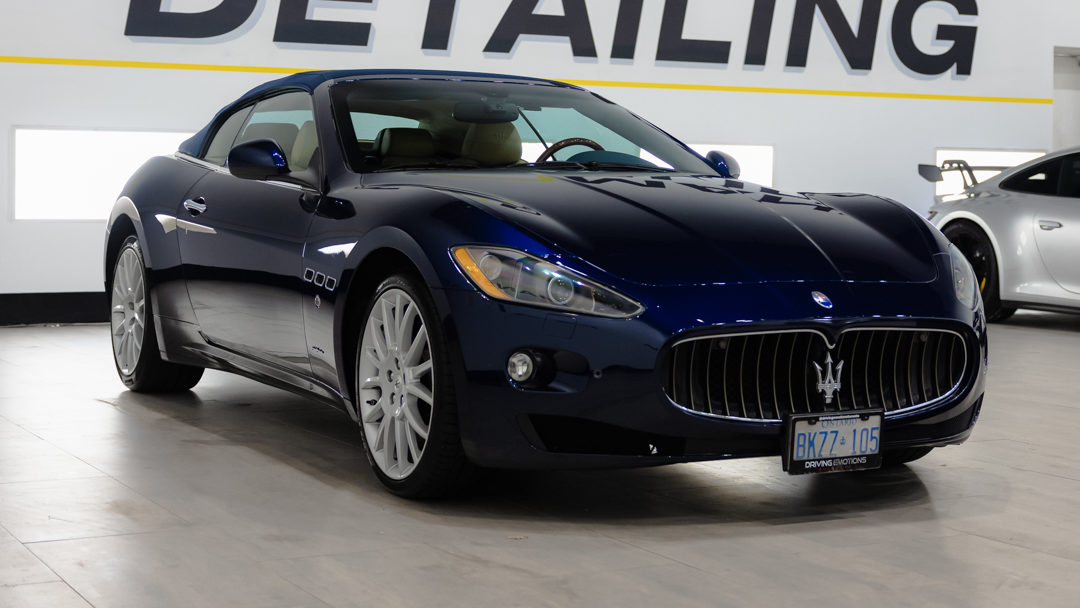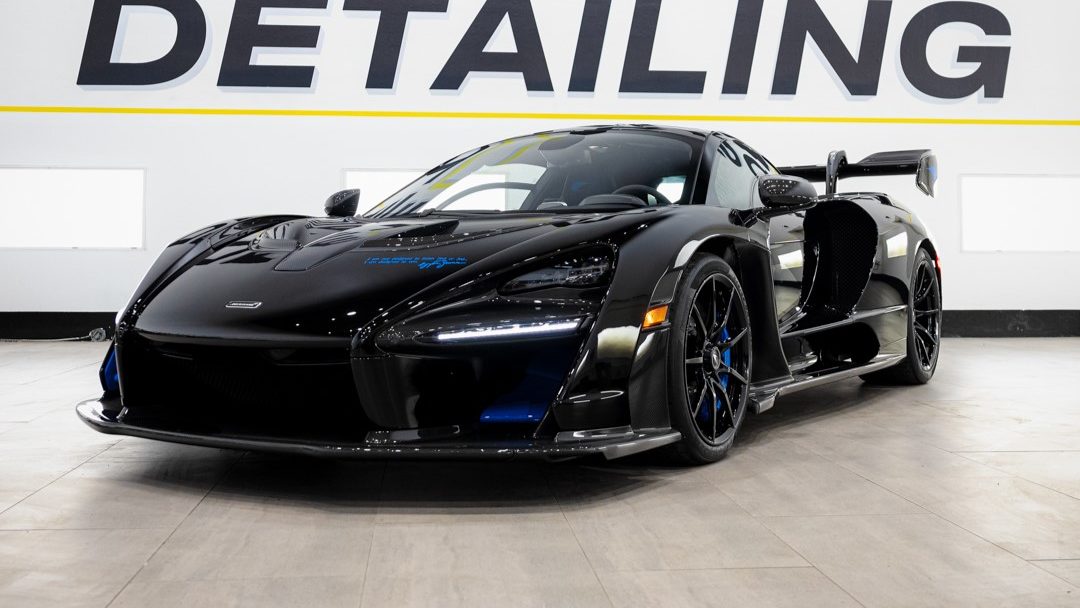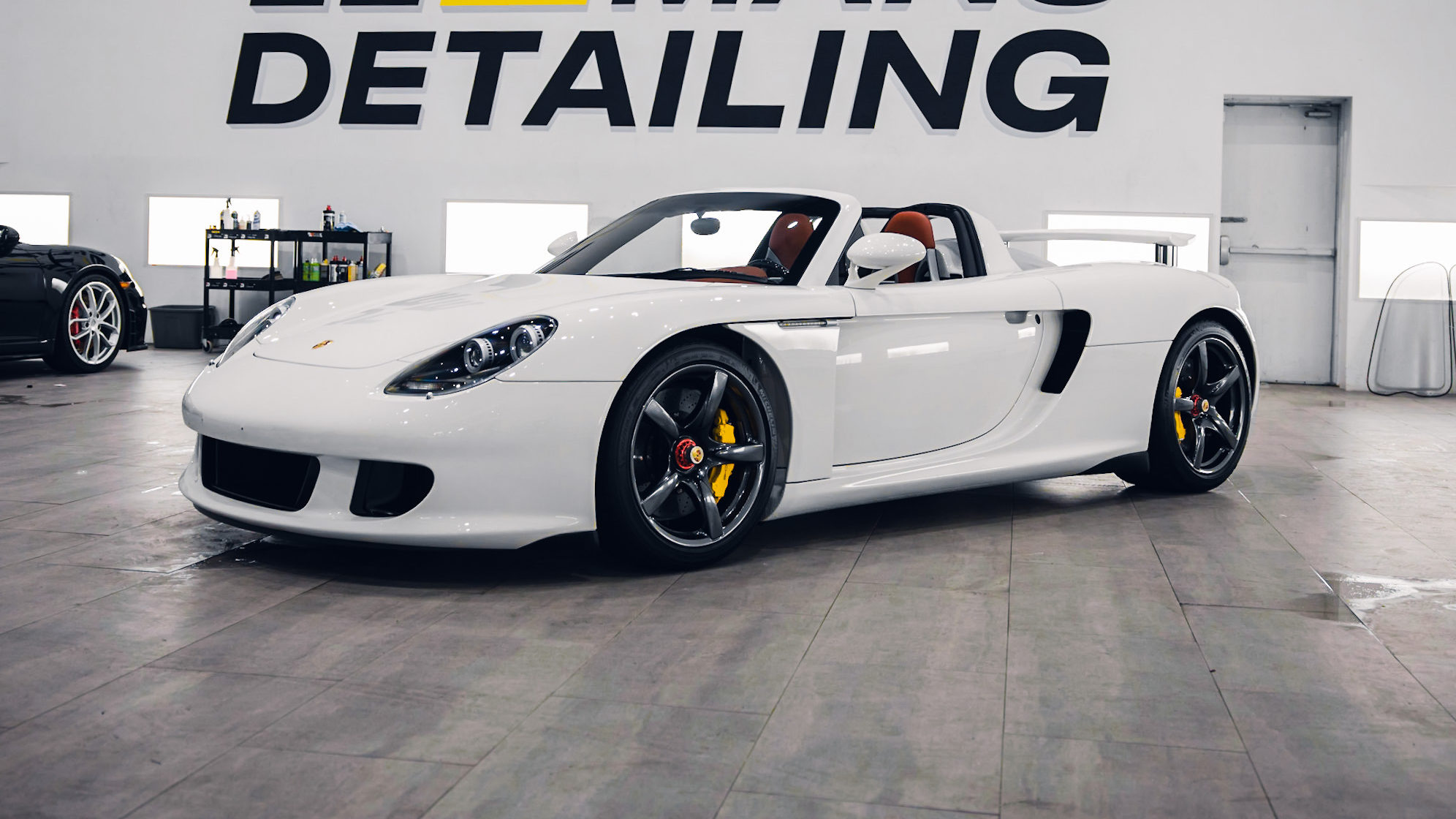This all varies on the existing condition of the paint. An older, poorly washed vehicle will need significantly more time and attention to get a perfect result. We have grouped our processes into 3 levels that each used a different series of polisher, pads, and compounds.

Level 1 Paint Correction
The Level 1 Paint Correction is perfect for vehicles that need a little extra pop to the color of the paint. This service is meant to remove light and medium scratches and swirl marks.
Typically this package is recommended for:
– New cars that suffered minor swirl marks
– Getting a vehicle cleaned up for sale
– Adding some shine to older vehicles with sensitive paint

Level 2 Paint Correction
The Level 2 Paint Correction is perfect for older or dark colored vehicles. It targets medium to heavy scratches and swirl marks caused by poor washing methods and winter exposure. This package is also better for harder paints found on German and British cars.
Typically this service is recommended for:
– New Darker Colored Cars
– Vintage or Classic Cars
– Preparation for Ceramic Coatings

Level 3 Paint Correction
The Level 3 Paint Correction is perfect for older vehicles that have suffered sever scratches, swirl marks, oxidation, and staining.
Typically this package is recommended for:
– Used darker colored vehicles
– Paint Restoration that doesn’t need body shop attention
– Preparation for Ceramic Coating

High Quality Paint Correction
A high quality paint correction involves a few different aspects. It begins with the proper decontamination of the paint to sure a perfectly clean surface that won’t interfere with the paint correction process. Next, any sensitive areas such as plastic trim, body lines and panel edges are masked off to lower the chance staining and accidents. Then, an experienced craftsman accesses the condition of the paint. A test panel is performed to indicate the hardness of the paint. The series of polishers, pads, and abrasive compounds is then decided and completed on the rest of the vehicle. Having a wide selection of tools is key to polishing complex body curves, edges, and small painted surfaces. Finally, a wash is completed to wash off any compound dust and residue before the ceramic coating, wax, or paint protection film is applied.

Be The First To Comment